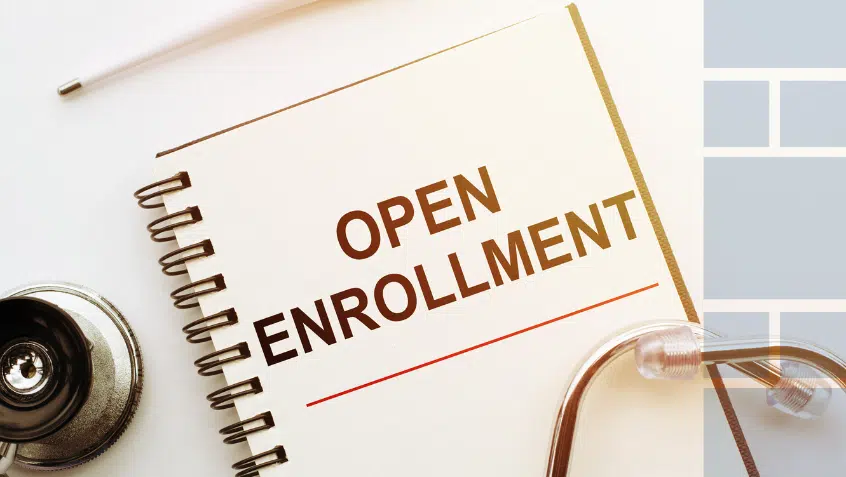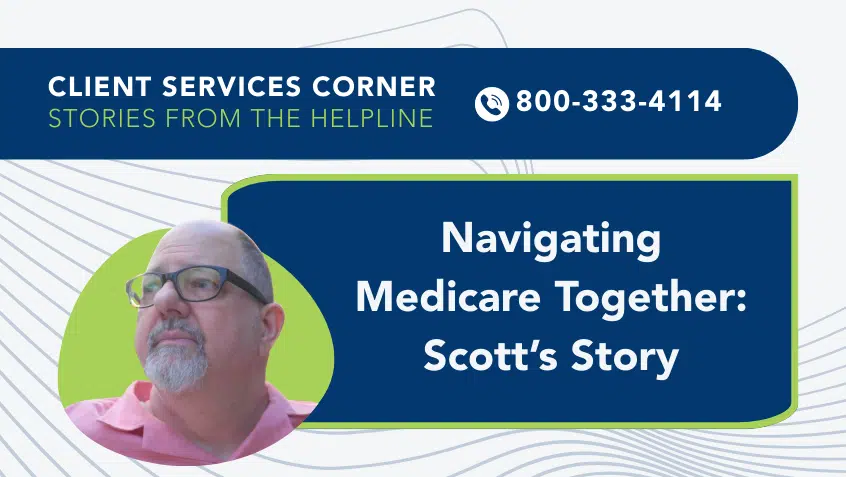Join Us Live for a Discussion on Medicare, Democracy, and the Future of Health Care
New Report Highlights Financial Benefits of Expanded Home and Community Based Services

This week, a report out of The Heller School for Social Policy and Management at Brandeis University and the Community Living Policy Center demonstrates how increasing access to Medicaid Home and Community Based Services (HCBS) can reduce out-of-pocket costs for individuals with long-term supports and services (LTSS) needs, their families, and state Medicaid programs. The report complements a recent hearing from the Senate Special Committee on Aging on the importance of HCBS for people who need care, and what it would take to improve access, including additional funding for caregivers.
Drawing together information from several nationwide surveys and reports, the issue brief shows the severity of the problem for many families but offers some hope and good news – increasing access to Medicaid covered, patient directed, HCBS can save money for state Medicaid programs and reduce the burden currently borne by family caregivers. The report explains that the vast majority (92%) of people with LTSS needs who live outside of institutions receive unpaid assistance from family and friends. This caregiving workforce – over 53 million family caregivers in the United States — provides services with a staggering estimated economic value of over $470 billion annually. This value is not created without cost. Nearly 80% of family caregivers report out-of-pocket expenses. These expenses average a quarter of the caregiver’s income for all families. These numbers increase for Black and Latinx families, with annual out-of-pocket expenses totaling 34% and 47% of their income, respectively. Families also face employment costs; six in ten caregivers report at least one negative impact or change to their employment situation because of caregiving.
Paid caregivers are also under significant financial strain. The median annual income for homecare workers is $18,100. One in six home care workers live in a household below the federal poverty line and nearly half live in a household with income below 200% of the federal poverty line. Extremely low wages increase turnover, make finding qualified workers more difficult, and result in individuals going without needed care and additional stress on unpaid family caregivers. The COVID-19 pandemic has exacerbated these long-standing problems.
But, the report argues, these hardships present opportunities for impactful improvement – increasing access to Medicaid HCBS and ensuring adequate payment and training for direct care workers can, coupled with other rebalancing efforts, shift care and costs from nursing homes and other institutions to patient-directed HCBS.
The Senate hearing echoed each of these findings; highlighted the lived experiences of two people who receive care through HCBS programs, including what happens when those programs are not fully funded; and discussed legislative solutions, specifically the Better Care Better Jobs Act (S. 2210).
Medicare Rights strongly supports this bill, which would provide states with more HCBS funding to expand access and strengthen he workforce. As Committee Chair Bob Casey noted in his opening remarks, “An investment in home-based care is an investment in families and our Nation. It will help people get back to work, it gives families…[t]he peace of mind in knowing that their loved ones are cared for. This kind of investment will also give home care workers, the majority of whom are women from communities of color, a much-needed and long overdue raise…[and the] opportunity to better support their own families and their communities.”
Read the report here.
Show Comments
We welcome thoughtful, respectful discussion on our website. To maintain a safe and constructive environment, comments that include profanity or violent, threatening language will be hidden. We may ban commentors who repeatedly cross these guidelines.
Help Us Protect & Strengthen Medicare
Donate today and make a lasting impact
More than 67 million people rely on Medicare—but many still face barriers to the care they need. With your support, we provide free, unbiased help to people navigating Medicare and work across the country with federal and state advocates to protect Medicare’s future and address the needs of those it serves.
The Latest
Most Read
Add Medicare to Your Inbox
Sign up to receive Medicare news, policy developments, and other useful updates from the Medicare Rights.
View this profile on InstagramMedicare Rights Center (@medicarerights) • Instagram photos and videos









